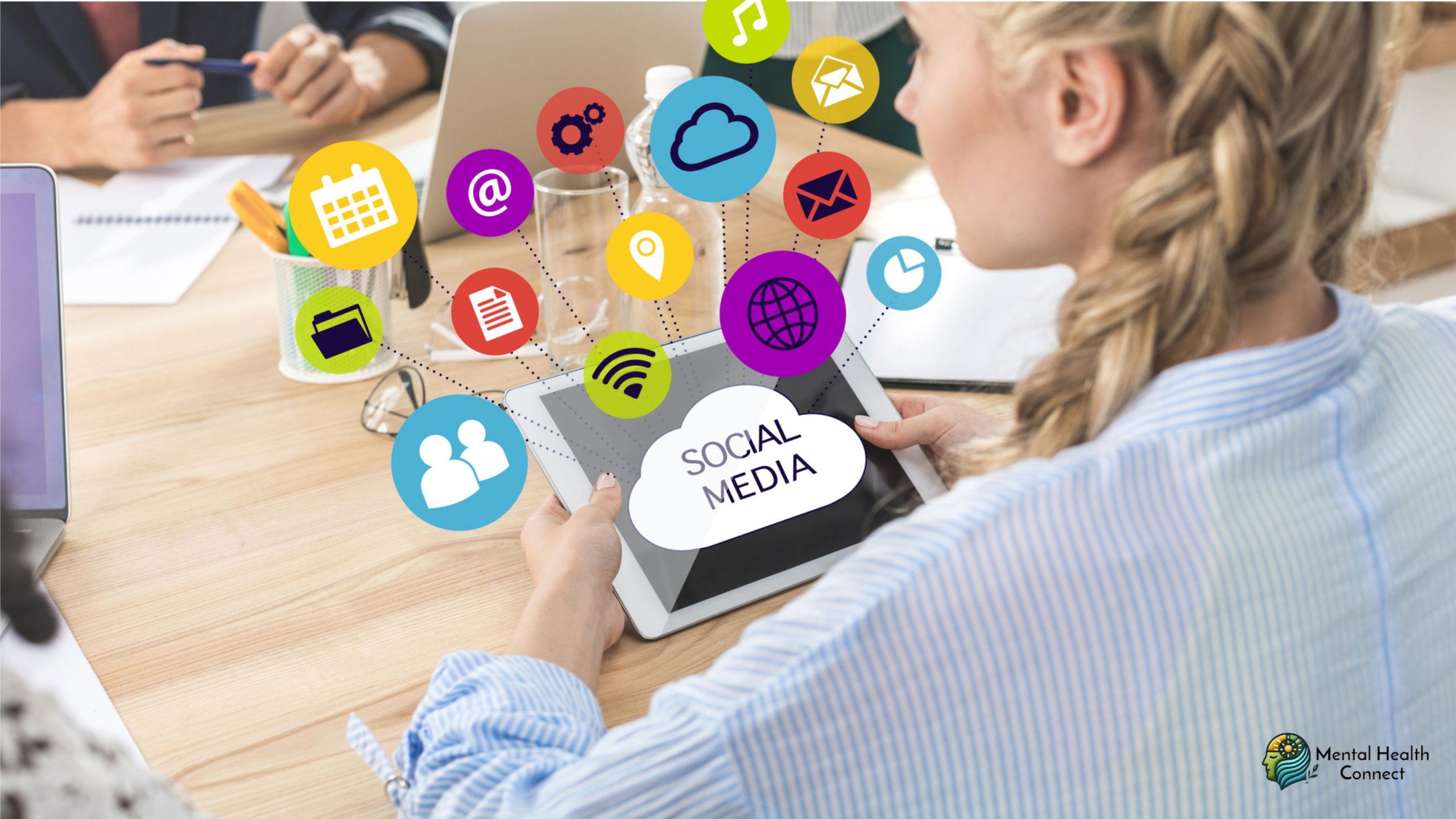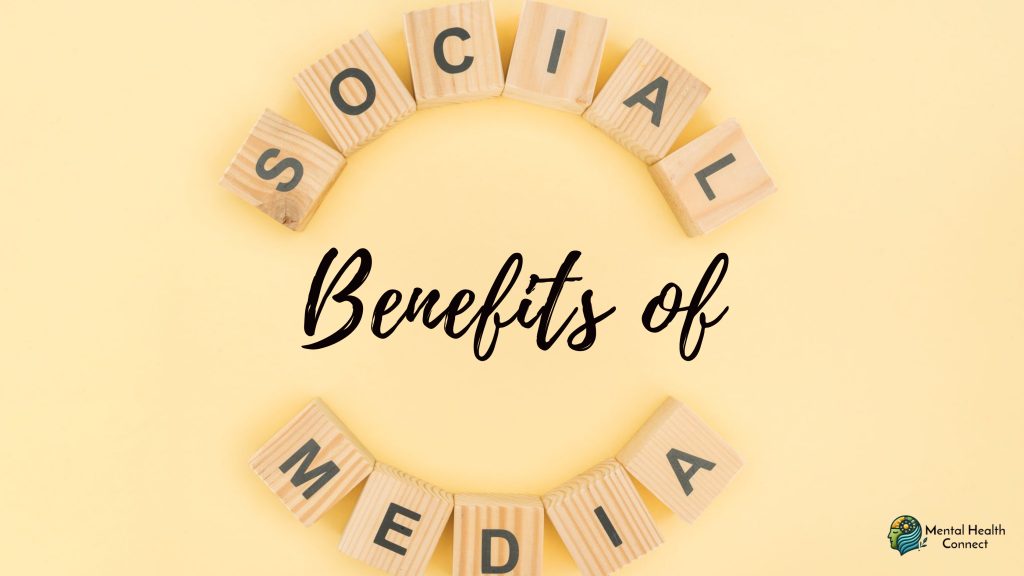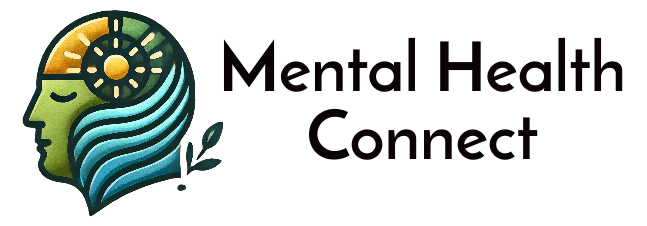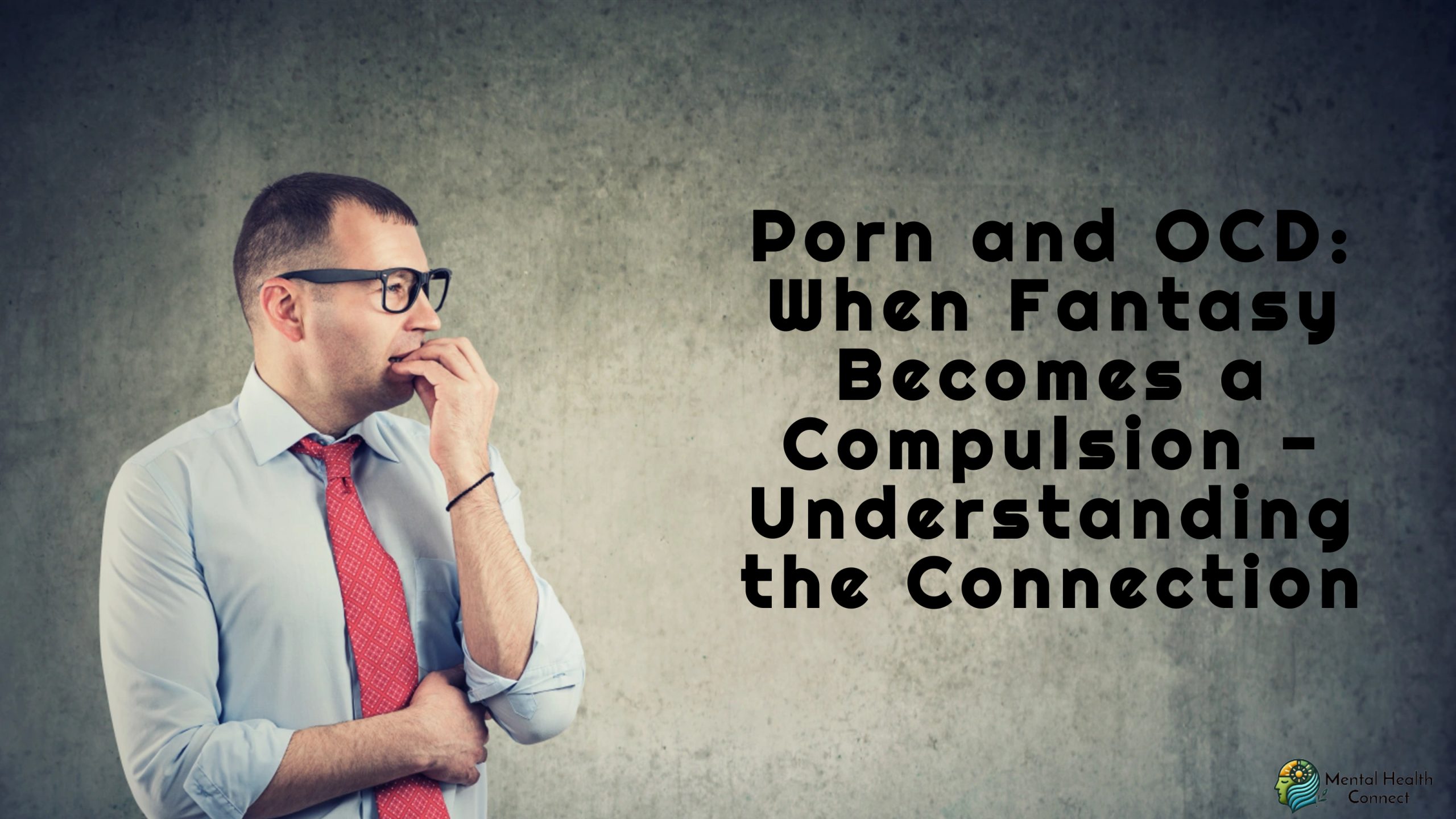The Impact of Social Media on Mental Health: Pros and Cons

In today’s hyperconnected world, social media has become deeply interwoven into the fabric of daily life. From the moment we wake up until we go to bed, platforms like Instagram, TikTok, Twitter, Facebook, and Snapchat compete for our attention, transforming how we communicate, consume information, and perceive ourselves and others. This digital revolution has sparked intense debate about its effects on our psychological wellbeing.
As mental health awareness grows, researchers, psychologists, and users alike are examining the complex relationship between social media use and mental health outcomes. The picture that emerges isn’t simply black and white social media can be both beneficial and detrimental, depending on numerous factors including how, when, and why we engage with these platforms.
The Psychological Benefits of Social Media

Despite frequent criticism, social media offers several potential mental health benefits when used mindfully:
Connection and Community Support
One of the most significant advantages of social media is its ability to foster connection across geographical boundaries:
- Support networks for specific challenges: Communities have formed around shared experiences with mental health conditions, chronic illnesses, rare disorders, and life transitions, providing validation and understanding that might be unavailable locally.
- Reduced isolation: For individuals with mobility limitations, those living in remote areas, or people with social anxiety, online connections can be a vital lifeline that reduces feelings of loneliness.
- Maintained relationships: Platforms enable people to maintain meaningful connections with distant friends and family, strengthening bonds that might otherwise weaken over time and distance.
A 2020 study published in the Journal of Social and Clinical Psychology found that users who engaged with close connections on social media for direct communication reported higher levels of perceived social support and lower levels of depression.
Identity Exploration and Self-Expression
Social media provides unique opportunities for self-discovery and expression:
- Finding like-minded individuals: Users can connect with others who share niche interests or identities that might be uncommon in their immediate environment.
- Creative outlets: Platforms encourage artistic expression, storytelling, and content creation that can be therapeutically valuable.
- Voice for marginalized groups: Social media has amplified previously unheard voices, creating visibility and community for marginalized identities.
Mental Health Awareness and Resources
The democratization of information has improved mental health literacy:
- Reduced stigma: Open conversations about mental health challenges have normalized these experiences and encouraged help-seeking behavior.
- Access to information: Educational content about psychological wellbeing has reached audiences who might otherwise lack access to mental health education.
- Crisis intervention: Features like Facebook’s suicide prevention tools and the proliferation of resource sharing can connect struggling individuals with immediate support.
The Psychological Costs of Social Media

Despite these benefits, research has identified several concerning negative impacts:
Comparison and Self-Esteem Issues
The curated nature of social media creates fertile ground for unhealthy comparison:
- Highlight reels vs. reality: Exposure to selectively shared positive content can create unrealistic standards and feelings of inadequacy.
- Appearance-focused content: Research from the University of Pennsylvania found that image-centric platforms like Instagram are particularly associated with body image concerns and appearance anxiety.
- Quantified validation: Metrics like likes, comments, and follower counts can become unhealthy measures of self-worth, with fluctuations directly affecting mood and self-esteem.
A 2018 study published in JAMA Pediatrics found a significant association between time spent on social media and increased rates of depression and anxiety among adolescents, with social comparison identified as a key mediating factor.
Attention Economy and Cognitive Impacts
The design of social media platforms deliberately maximizes engagement, often at a cognitive cost:
- Dopamine-driven feedback loops: The variable reward systems of social media trigger dopamine release patterns similar to those seen in other behavioral addictions.
- Decreased attention span: The rapid pace and constant switching between brief content pieces may contribute to difficulties with sustained attention.
- Information overload: Excessive exposure to news, opinions, and content can overwhelm cognitive processing capacities.
- Sleep disruption: Evening social media use has been consistently linked to poor sleep quality, which directly impacts mental health.
Social Dynamics and Relationships
Online interaction has transformed relationship patterns in potentially problematic ways:
- FOMO (Fear of Missing Out): Seeing others’ activities can trigger anxiety and feelings of exclusion.
- Parasocial relationships: One-sided attachments to online personalities can sometimes substitute for reciprocal relationships.
- Conflict and polarization: Platform algorithms that optimize for engagement often amplify divisive content, contributing to interpersonal tension and polarized worldviews.
- Cyberbullying and harassment: The psychological impact of online aggression can be severe, with reduced empathy in digital environments sometimes enabling harmful behavior.
Research from Harvard University found that each additional hour of social media use was associated with greater diagnostic elements of depression among young adults.
Nuanced Factors: When, How, and Why We Use Social Media

Recent research suggests that how social media affects mental health depends significantly on usage patterns:
Active vs. Passive Use
- Active engagement (posting content, directly communicating with others, creating) is generally associated with more positive outcomes.
- Passive consumption (scrolling, watching without interacting) tends to correlate with poorer mental health outcomes, particularly increased depressive symptoms.
Motivation for Use
The intentions behind social media use significantly influence its impact:
- Connection-focused use aimed at maintaining relationships generally yields positive effects.
- Validation-seeking behavior centered on obtaining approval through likes and comments correlates with anxiety and mood issues.
- Social surveillance motivated by monitoring others’ activities or comparing oneself is linked to decreased wellbeing.
Age and Developmental Factors
The impact varies significantly across different life stages:
- Adolescents: Still developing identity and social processing abilities, teens may be particularly vulnerable to social comparison and peer validation.
- Young adults: Navigating major life transitions, this group may experience both significant benefits from support and heightened comparison stress.
- Older adults: May experience predominantly positive effects from increased social connection, particularly those with mobility limitations or who live alone.
Finding Balance: Strategies for Healthier Social Media Use
Research suggests several evidence-based approaches to maximize benefits while minimizing harms:
Digital Wellbeing Practices
- Time boundaries: Setting specific periods for checking platforms rather than constant monitoring.
- App features: Utilizing built-in tools like screen time limits, notification control, and feed curation.
- Content curation: Actively shaping feeds to include positive, diverse content while removing sources that trigger negative emotions.
- Designated tech-free zones: Creating physical spaces (like bedrooms) and time periods without device use.
Mindful Consumption
- Intention setting: Briefly noting why you’re opening an app before use (connection, information, entertainment) to increase purposeful engagement.
- Reality checking: Practicing critical awareness about the curated nature of content.
- Emotional awareness: Regularly checking in about how different platforms and content types affect your mood and thoughts.
Complementing Online with Offline
- In-person interaction: Prioritizing face-to-face connection when possible.
- Nature exposure: Counterbalancing screen time with outdoor experiences.
- Embodied activities: Engaging in physical activities that ground attention in the present moment.
Vulnerable Populations: Special Considerations

Some groups may need additional support in navigating social media’s impacts:
- Individuals with existing mental health conditions: Those with depression, anxiety disorders, or eating disorders may experience amplified negative effects.
- Neurodivergent users: People with conditions like ADHD may be particularly susceptible to the attentional pulls of social media.
- Those experiencing life transitions: During periods like grief, relationship changes, or career shifts, social media’s impact may intensify.
The Future Landscape: Evolving Platforms and Research
As understanding deepens, both research and platform design are evolving:
- Design ethics: Growing pressure for ethical design that prioritizes user wellbeing over engagement metrics.
- Digital literacy: Expanded education about healthy technology use and critical media consumption.
- Personalized approaches: Recognition that optimal usage patterns vary based on individual differences in personality, circumstances, and mental health status.
A Mindful Approach
Social media, like many powerful tools, has the capacity for both benefit and harm. Its impact on mental health isn’t inherent to the technology itself but emerges from the complex interplay between platform design, individual vulnerabilities, usage patterns, and social context.
By approaching social media mindfully with awareness of its potential effects, intentionality in use, and balanced integration into a well-rounded life we can work toward harnessing its connective benefits while minimizing its psychological costs.
The goal isn’t necessarily elimination but conscious engagement: using these powerful tools in ways that support rather than undermine our psychological wellbeing, recognizing when they serve us and when they don’t, and being willing to adjust our relationship with digital platforms as needed for optimal mental health.



Leave a Reply